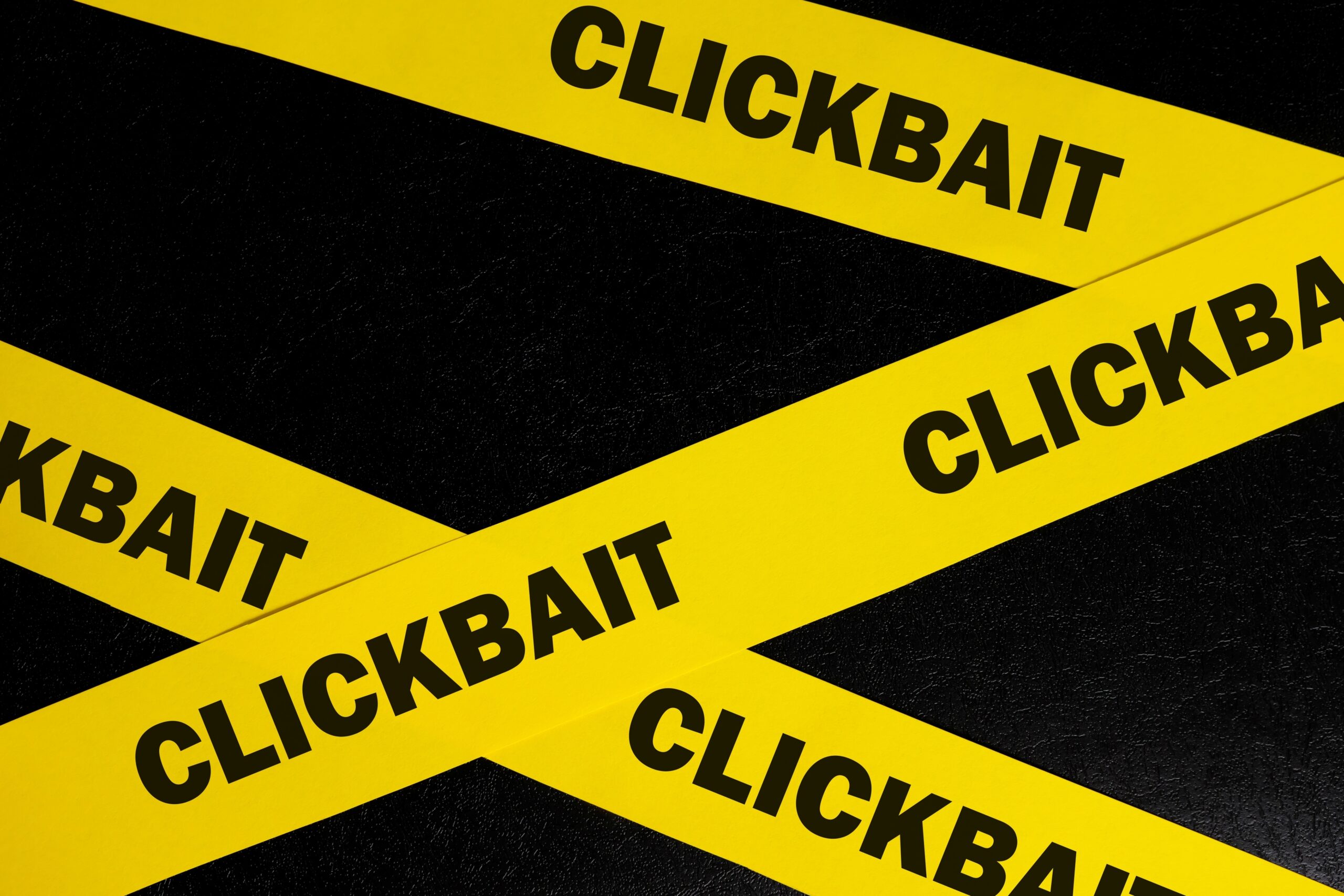Faux Food Safety Scare At The Heart Of Lobbying Effort
At the same time the Obama Administration is working to curb the influence of narrow special interests, American catfish producers are busy telling fish tales to Congress to get their competition regulated out of existence. They’ve dreamt up a faux food safety scare and they’re shopping it to any reporter or regulator who will listen. It’s a piece of fiction that’s fat with anecdotal exaggerations and thin on facts. But this isn’t the first time the anti-competition catfish lobby has stooped to these types of tactics.
They’ve been at it for years — ever since American consumers first discovered Vietnamese pangasius a decade ago.
Domestic catfish producers hated the new competition, so they got the government to ensure the fish was not considered a “catfish.” As the head of the catfish lobby stated in 2002, “That fish (basa) and ours (catfish) are as close taxonomically as a housecat and a cow.” That makes it pretty clear that catfish farmers do not see Vietnamese pangasius as a catfish.
Yet American consumers still continued to enjoy eating the Vietnamese fish. So, the catfish lobby is at it again.
Now they’re asking the government to reclassify pangasius as a “catfish” — that’s right, the same fish they said wasn’t “catfish” 7 years ago. And since USDA now oversees “catfish” that would mean switching pangasius regulation from FDA to USDA, despite the fact that there is no demonstrable evidence of a food safety hazard associated with pangasius or FDA’s oversight of it.
USDA’s food safety system is not “better” than FDA’s HACCP (Hazard Analysis & Critical Control Points) system (a system that has been safely overseeing imported and domestic seafood for close to 15 years) it’s just different. FDA’s system forces companies to correct problems overseas not at the U.S. border. And keep in mind FDA, which the catfish lobby is now saying is inadequate, has historically overseen catfish safety. Is the catfish lobby saying that they have been selling unsafe products to the American public all these years?
An analysis of CDC illnesses reports provides clear evidence that far, far more people are sickened by beef, pork and poultry than by fish. For instance in 2006, CDC reported more than 1,100 Americans got sick from poultry tainted from e.coli, salmonella, or listeria. Only 12 people were ill from fish. Even when adjusted for consumption patterns, Americans were more likely to fall ill from USDA regulated product than FDA inspected product. The argument that changing the inspection regime of one particular imported fish species from FDA to USDA is somehow going to make consumers safer is simply false. There isno increased food safety risk associated with pangasius — despite what the anti-competition lobby claims.
Is this really the time to be taking action that will raise the price of seafood for Americans? Is it really time to spend more than $16 million at USDA to develop a new regulatory regime for an imported fish that Americans only eat a Quarter Pounder worth per year?
Furthermore, is this how we really want to treat one of our trading partners — especially one so open to other agriculture products? While other countries have raised trade barriers to American products, Vietnam has fully opened its markets to U.S. beef and poultry. And Vietnam’s aquaculture industry depends on American soy to feed the very same fish that the special interests want to keep out of our grocery stores. Shouldn’t USDA worry as much about cattlemen and soy farmers as the catfish lobby?
After opening its markets to America, how do we expect Vietnam to react when it’s denied access to ours?
And that’s not the only problem. It’s estimated that closing American markets to pangasius could cost 11,000 jobs for American dock workers, truckers, fish processing plant line employees, and retailer workers.
The fact of the matter is simple. The Food and Drug Administration is already regulating the fish, keeping it safe for American consumers. This faux food safety scare trumped up by yet another Washington special interest, would only hurt American consumers and American businesses and not provide any greater food safety protection.
It’s time we said no to Washington’s bottom feeders once and for all. Those really interested in seafood safety will keep seafood at FDA — where the experts have proven they know how to ensure a safe seafood supply.


